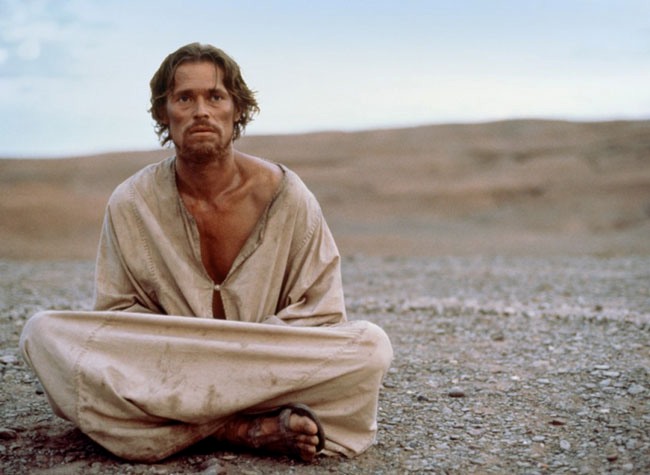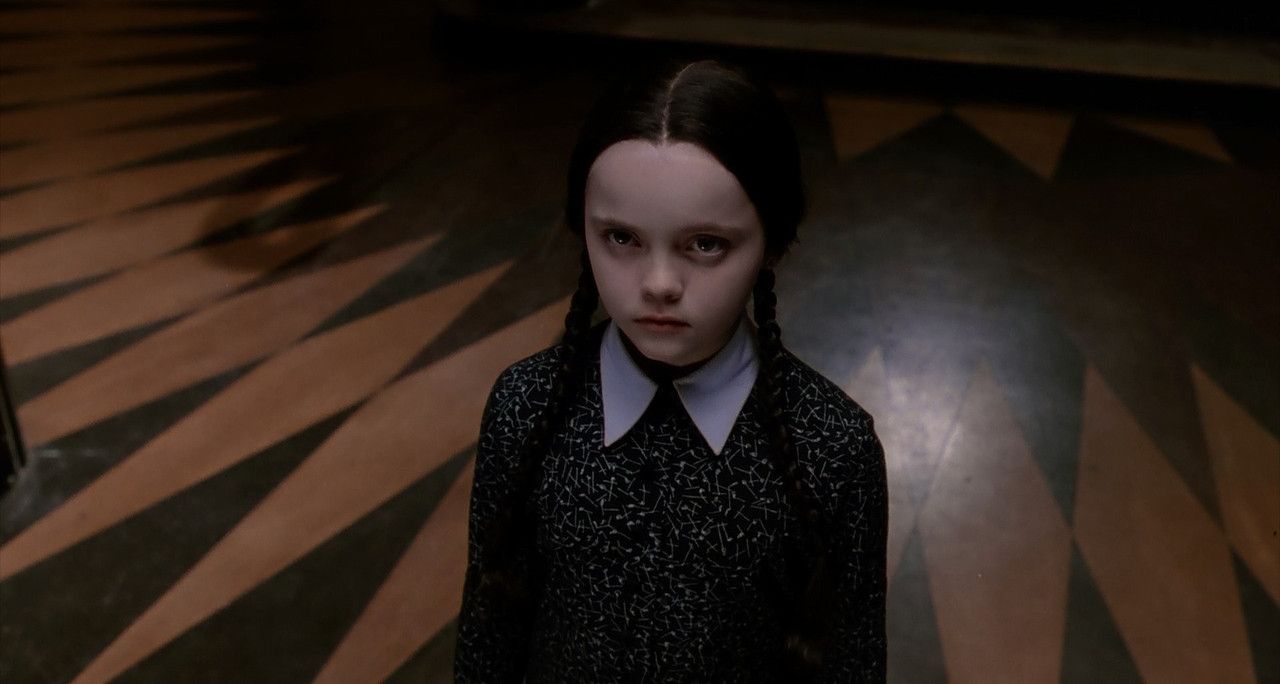
The passing of Robert Redford at age 89 marks the end of an extraordinary era, an undeniable turning point in the annals of Hollywood history. For generations, Redford was not merely an actor; he was, in the most profound sense, the very definition of a movie star, an iconic presence whose charisma transcended the silver screen and etched itself into the collective consciousness. His life and career unfolded as a captivating narrative, a testament to a talent that was both effortless and deeply committed.
In a landscape often dominated by fleeting fame and manufactured personas, Redford stood apart as a figure of authentic gravitas and compelling allure. He embodied a particular American ideal, a blend of rugged individualism, dazzling charm, and an undercurrent of thoughtful purpose. From his piercing blue eyes and golden hair to his quiet intensity, he possessed an ineffable quality that made audiences return to him time and again, drawn to the familiar yet ever-evolving versions of himself he presented.
This article embarks on an in-depth journey through the foundational aspects of Redford’s stardom, meticulously tracing his ascent from an unexpected upbringing to becoming a Hollywood titan. We will delve into the unique attributes that forged his legendary status, examining how his distinctive looks, profound sense of honor, and burgeoning activism coalesced to define a cinematic legacy that remains unparalleled. Through these explorations, we uncover the essence of what made Robert Redford not just a star, but an enduring cultural phenomenon.
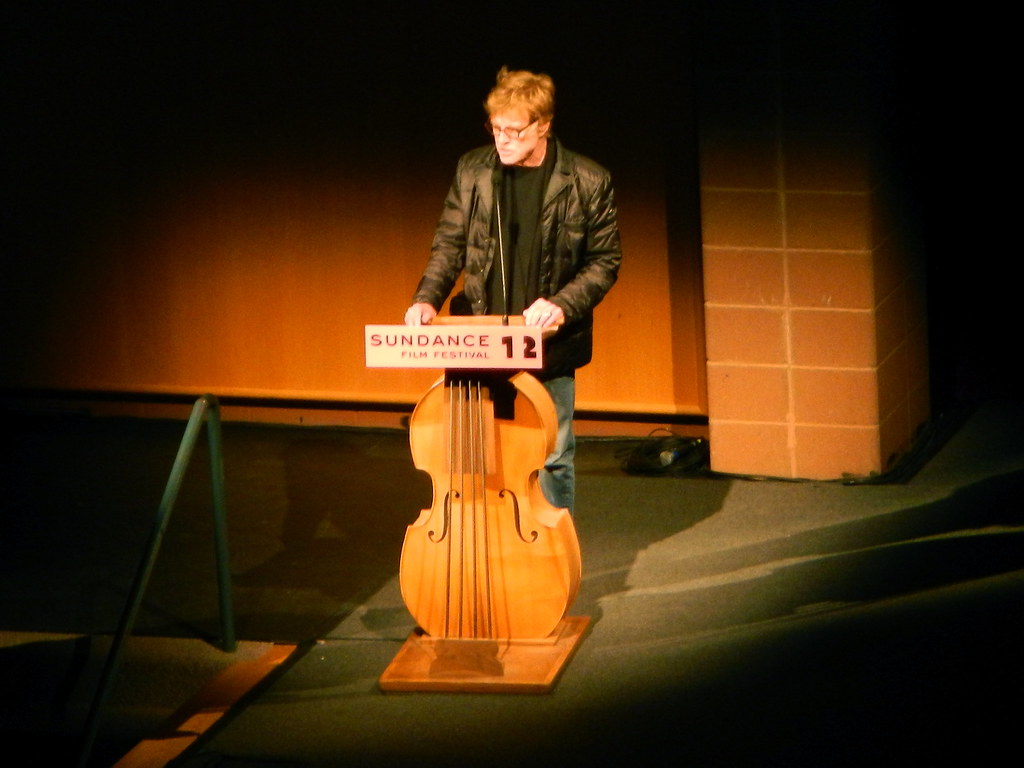
1. **The Quintessential Movie Star**For many, the very image of Robert Redford – perhaps from a classic like *Butch Cassidy and the Sundance Kid*, his head slightly cocked, those luminous blue eyes, and blond hair escaping from under his black cowboy hat – is synonymous with the term “movie star.” It is a visual definition, a standard against which all others might be measured. His presence dominated the cinematic landscape from the late 1960s through the early 1980s, an era when he judiciously balanced his time both in front of and behind the camera.
During this prolific period, Redford transcended the role of merely an extraordinary leading man or a major box-office draw. He *was* the movies, embodying their escapist fantasy and their ennobling power with a captivating grace. His inherent charm and effortless charisma, qualities that seemingly defied the rigorous demands of acting, were a core aspect of his stardom. It often appeared as though he was simply existing, naturally belonging in front of the camera, a quality that perhaps explains why, despite his immense contributions, he never received an acting Oscar.
There exists an elusive, ineffable quality that separates a truly great actor from a genuine movie star, and Redford possessed this distinction in spades. While a skilled actor can seamlessly disappear into any role, a great movie star is someone audiences eagerly anticipate watching time and again, precisely because there is an element of familiarity, a distinct essence of their true self that shines through. Redford’s ability to consistently play various versions of himself, always compelling and deeply engaging, solidified his position as one of a kind, a star whose light never dimmed.
Read more about: Barbra Streisand’s Enduring Tribute: Remembering Robert Redford’s Life and Legacy
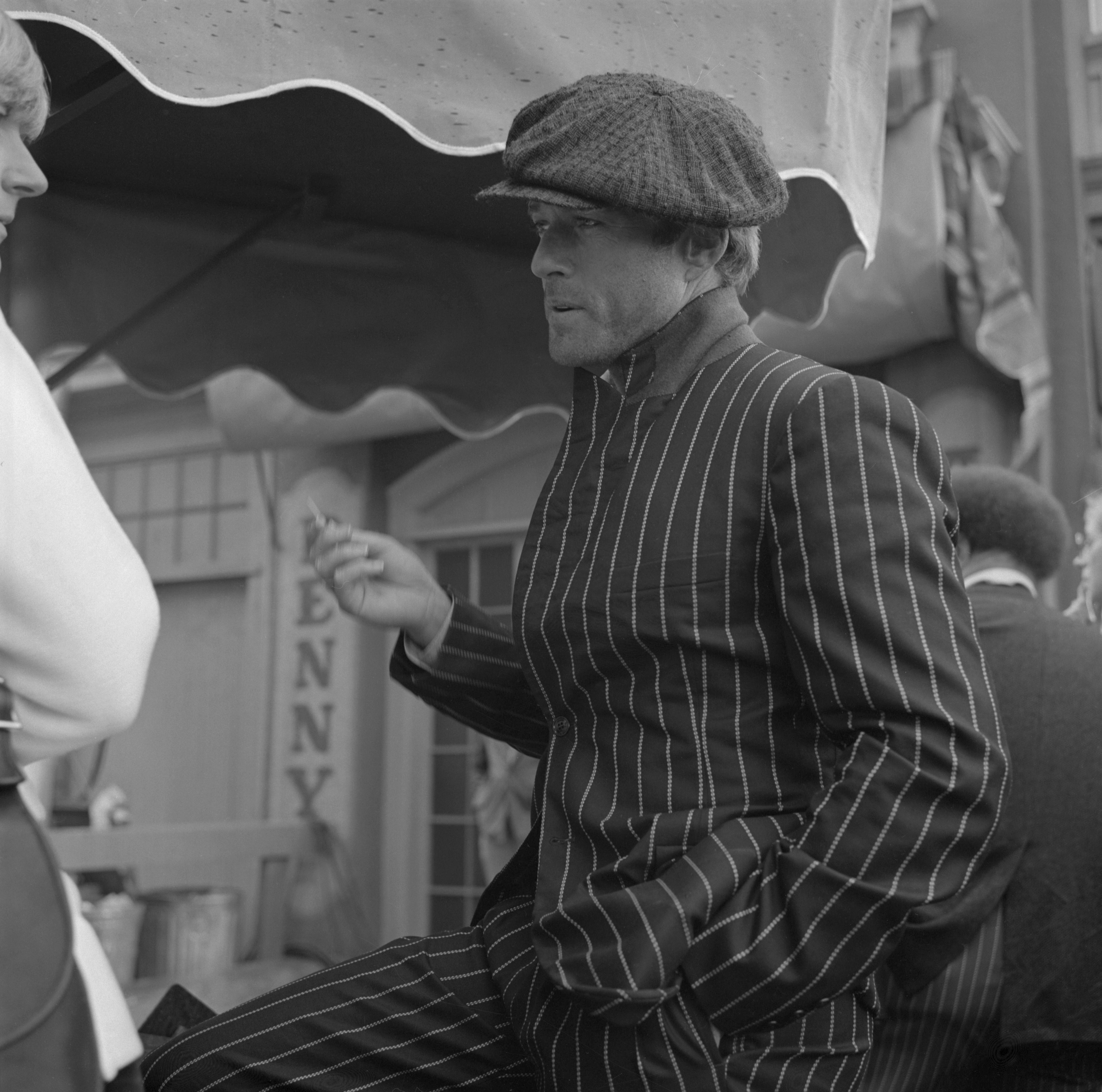
2. **From Delinquent to Dashing Lead**Robert Redford’s path to becoming a Hollywood legend was far from conventional, beginning with roots that might surprise many. A California native, though he later made Utah his beloved home, Redford described his early years in Los Angeles as those of a “juvenile delinquent.” This rough-around-the-edges beginning, however, took an unexpected turn when he secured a baseball scholarship to a university in Colorado. This initial foray into higher education proved short-lived, as he was eventually kicked out, setting him on a meandering journey across Europe.
His wanderings eventually led him to Brooklyn, where he initially pursued a passion for painting, a testament to his innate artistic inclinations. It was only after redirecting his considerable talents and ambitions toward acting that his true calling began to materialize. He had barely graduated from the American Academy of Dramatic Arts before he started booking steady theater gigs and making occasional television appearances in popular shows of the era, such as *Route 66* and *Alfred Hitchcock Presents*.
Despite this swift rise, Redford later admitted to experiencing significant frustration with what he perceived as his limited abilities during his formative years. He often felt he couldn’t measure up to the “serious” actors of the day, figures like Montgomery Clift and Marlon Brando, who were widely celebrated as the moody, Method-acting pinnacles of the craft. Yet, even in those nascent stages, Redford was already cultivating a powerful presence – an undeniable ability to command attention and draw the eye, even when positioned in the background. This nascent power was strikingly evident when he finally shared the screen with Brando in Arthur Penn’s 1966 Southern-fried melodrama, *The Chase*, where the former “juvenile delinquent from Santa Monica more than held his own.”
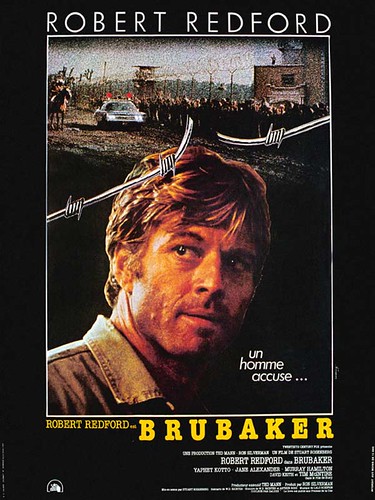
3. **The Power of the Adonis-Like Face**One cannot discuss Robert Redford’s trajectory without acknowledging the profound impact of his striking physical appearance. His was a face that transcended mere handsomeness, a veritable “Adonis-like mug that tips the scales from handsome to outright pretty,” as described in his appraisal. Redford possessed an acute awareness of his inhumanly good looks and, more importantly, a masterful understanding of how to wield them to maximum effect on screen, whether to subtly draw someone in – sometimes deceptively so, as seen in *Inside Daisy Clover*, *Downhill Racer*, *The Candidate*, and *The Sting* – or to effortlessly sweep a woman off her feet.
Perhaps no anecdote better encapsulates this power than the oft-told tale surrounding his audition for the coveted lead in *The Graduate*. Mike Nichols, who had directed Redford onstage in the original Broadway production of *Barefoot in the Park* where Redford had already captivated audiences, informed his friend that he was utterly wrong for the part of Benjamin Braddock. Nichols famously posed the question, “When was the last time you struck out with a lady?” to which Redford, genuinely confused by the query, simply replied, “What do you mean?” The point, Nichols knew, was irrefutably proven; Redford’s perfection was simply too much for the awkwardness required of the character.
Indeed, his looks were so extraordinary, so “perfect — in a way that ordinary human beings can’t even aspire to,” that they could, at times, prove a cinematic handicap. This beauty was deemed a factor in his miscasting in *The Great Gatsby* (1974), where, despite an interesting performance, it was challenging to believe that such an “ice cream face came from the wrong side of the tracks.” As Jane Fonda famously quipped to him in *Barefoot in the Park*, “You’re very nearly perfect!” to which Redford, with characteristic wit and perhaps a touch of knowing humility, retorted, “That’s a rotten thing to say.” It was a perfection that was both a blessing and, occasionally, a charming curse.
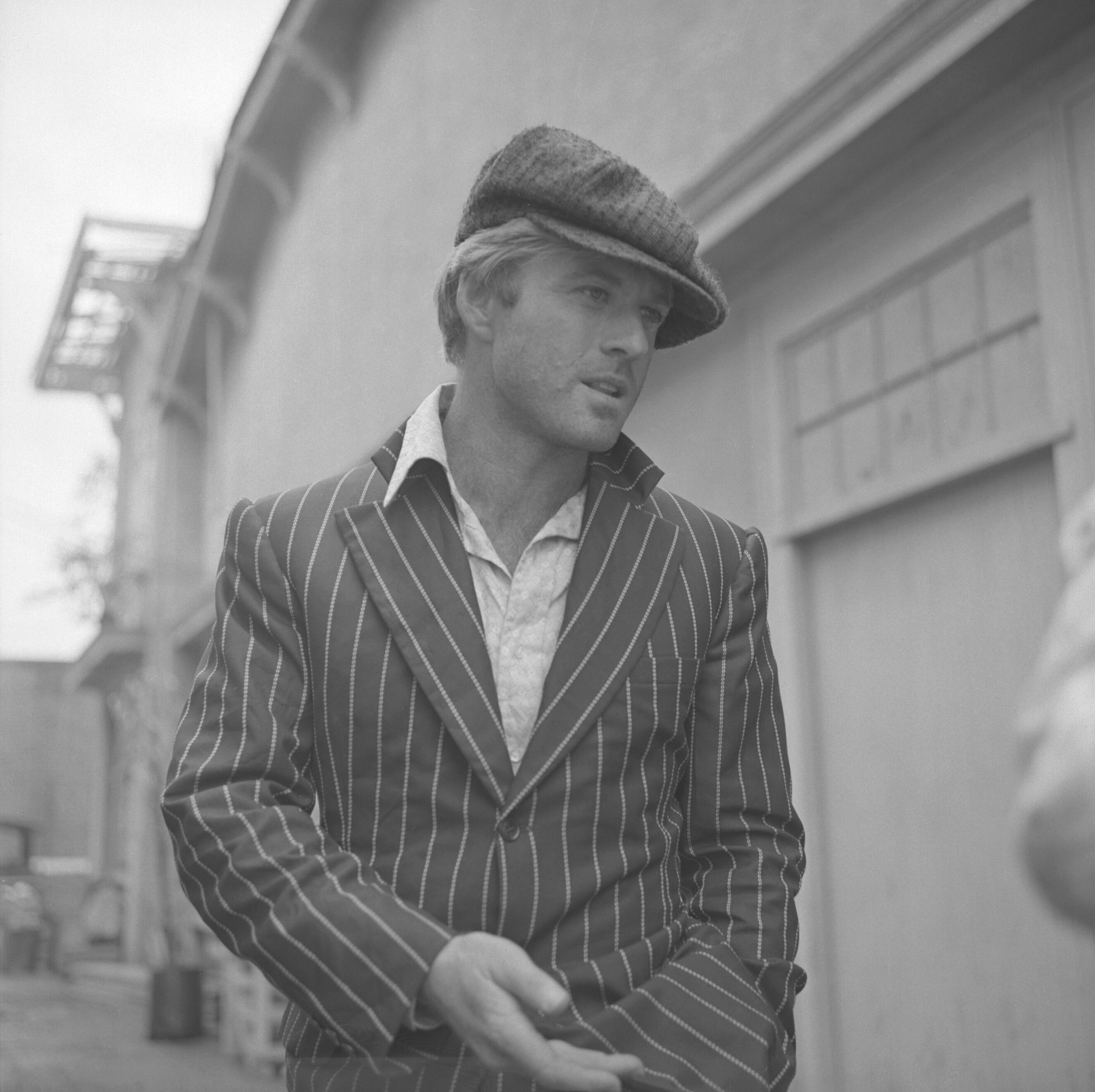
4. **Beyond the Pretty Face: Crafting a Contained Combustibility**In the late 1960s, Hollywood was awash with photogenic profiles, yet Robert Redford managed to stand out in a league of his own. His uniqueness stemmed from a singular ability to synthesize his stunning looks with his collegiate athlete’s physique and an innate sense of honor, forging a screen presence that felt both “contained and combustible when filtered through celluloid strips.” This potent combination resonated deeply with audiences and filmmakers alike, ensuring that the camera absolutely adored him.
This distinct blend meant that viewers perceived more than just a handsome face; they sensed a decent, honorable man beneath the golden-boy exterior. This fundamental decency allowed Redford to imbue his characters with an essential trustworthiness and a deeply sympathetic core, even when playing roles with a sharp edge. He possessed a rare gift for making even nonsensical films somehow work, lending credibility and allure to whatever narrative he inhabited.
His on-screen versatility, anchored by this unique presence, allowed him to effortlessly transition between a diverse array of roles. He could, with equal conviction, “seduce a woman, ride a horse, steal a fortune, take it on the chin, slip through the shadows.” This innate magnetism and underlying integrity meant that Redford never had to overtly fight for audience attention; his presence alone was captivating. It was this remarkable ability to blend inherent charisma with an understated power that cemented his status as a truly unforgettable screen icon.
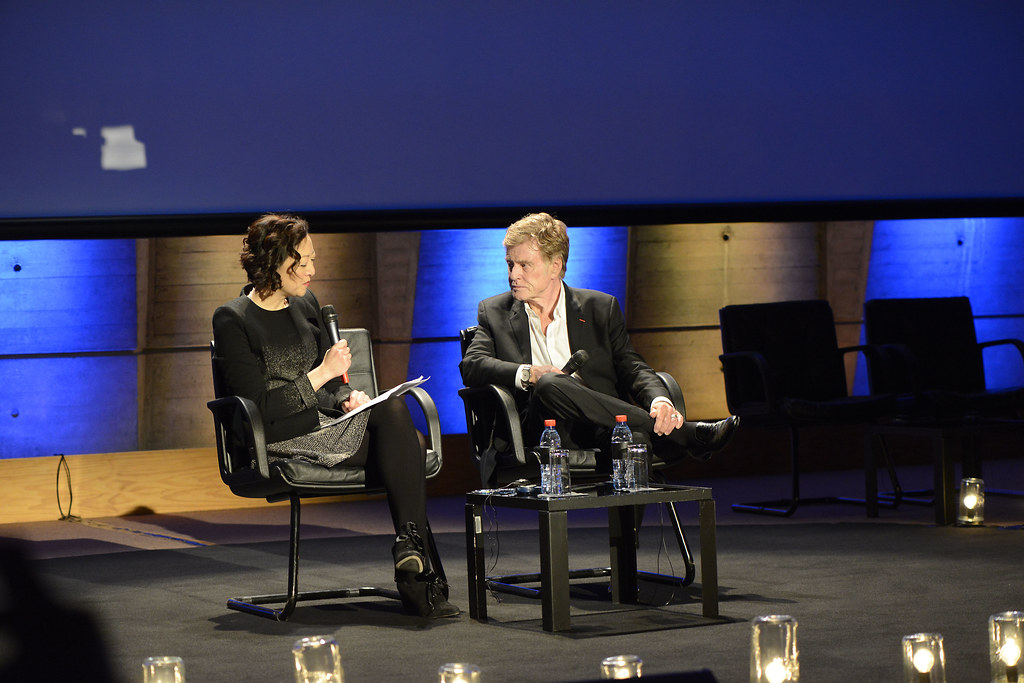
5. **The Iconic Bromances: Redford and Newman**Among Robert Redford’s most celebrated and enduring contributions to cinema are his legendary collaborations with real-life friend, Paul Newman. These pairings, which blossomed into what are affectionately termed the “bromances that launched a thousand masculine buddy comedies,” captivated audiences with their unparalleled chemistry and witty repartee. Their on-screen magic first ignited in 1969 with *Butch Cassidy and the Sundance Kid*, a film that quickly became a box-office smash and forever linked their names in cinematic history.
In this iconic Western, Redford portrayed the “mustachioed complement” to Newman’s Butch Cassidy, bringing to life the wily outlaw character that would later inspire the name of his renowned film festival. The film depicted them as a pair of train robbers, fleeing a relentless posse, culminating in the memorable scene where they famously jump off a cliff together. Their dynamic, further enriched by the presence of Katharine Ross, and their subsequent flight to Bolivia, was imbued with an undeniable “fizzy charms” and the irresistible “undeniable chemistry of its two blue-eyed icons.”
Their shared success was emphatically reinforced with *The Sting* in 1973, another critical and commercial triumph that earned the Best Picture Oscar and garnered Redford a Best Actor nomination as a young con artist. Beyond the screen, their friendship was deep and genuine, often characterized by commiseration “about the angst of stardom.” This authentic bond translated into a seamless, playful, and utterly believable on-screen partnership, proving that sometimes, the greatest chemistry stems from a profound connection off-camera.
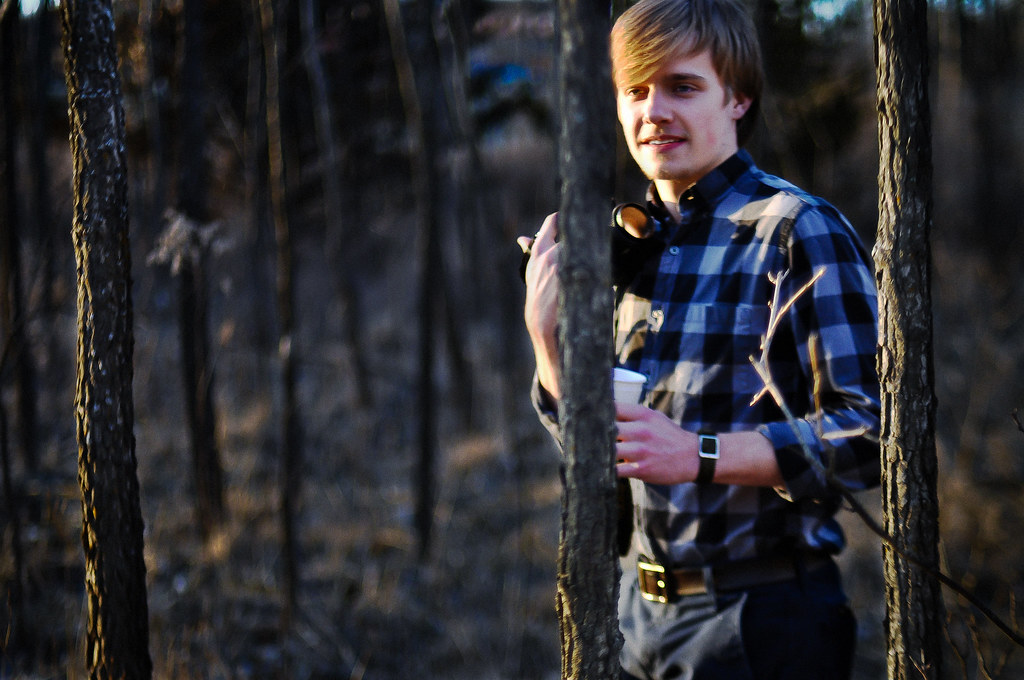
6. **The 70s Idealist: Challenging Persona in Key Roles**As the 1970s unfolded, Robert Redford strategically leveraged his formidable star power to embrace a series of roles that not only showcased his acting range but also reflected his keen interest in politically and socially resonant themes. This decade saw him portray a diverse array of characters who, despite their varied circumstances, often embodied an idealism that resonated deeply with the contemporary cultural landscape. He masterfully depicted an “idealist ground up in the electoral system in *The Candidate* (1972),” an “obscure object of desire in *The Way We Were* (1973),” and an “innocent analyst caught up in C.I.A. shenanigans in *Three Days of the Condor* (1975).”
His portrayal of Bob Woodward in *All the President’s Men* (1976) stands as a monumental example of his ability to elevate character-driven storytelling. Redford transformed the seemingly dry subject of investigative journalism into something compellingly “sexy and most righteous.” Audiences witnessed his meticulous craft as he took “a scene involving the Watergate reporter taking a phone call from a source into a three-act play,” imbuing it with suspense and moral urgency. Similarly, in *The Electric Horseman* (1979), he delivered a powerful performance as a rodeo champion who bravely advocates for animal rights, further cementing his image as a white-knight figure.
In Sydney Pollack’s *Three Days of the Condor*, Redford played Turner, a “shaggy-haired, unbuttoned C.I.A. researcher” whose life is violently upended. Forced on the run after discovering his co-workers murdered, Turner becomes embroiled with Faye Dunaway’s Kathy, whom he takes hostage. In this role, Redford was “perfect,” imbuing the character with an essential “edge while remaining deeply sympathetic, trustworthy and, yes, unfailingly sexy.” These roles collectively demonstrated Redford’s commitment to selecting material that challenged his golden-boy persona, pushing boundaries and solidifying his reputation as a serious, thoughtful actor.
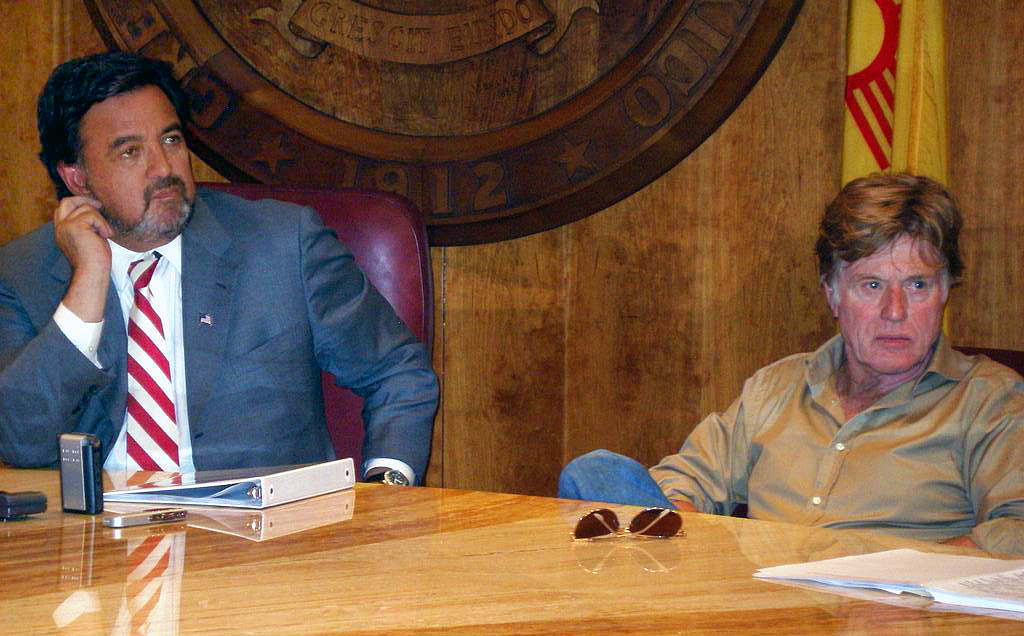
7. **Activism Off-Screen: A Prototype for Hollywood Engagement**Robert Redford’s commitment to meaningful causes extended far beyond the confines of the silver screen, translating directly into a robust and pioneering offscreen activism. Long before it became commonplace, or even expected, for celebrities to take political stances, Redford was a tireless advocate, dedicating himself to a spectrum of politically and environmentally based movements. He stood as an early prototype of what would become known as the Modern Hollywood Liberal, fearlessly engaging with issues despite potential criticism from those who believed public figures should simply “shut up and dribble.”
His activism was never superficial; Redford consistently “did the research and walked the walk,” demonstrating a profound and genuine commitment to his chosen causes. He courageously lent his voice and influence to numerous candidates and causes at times when doing so was considered risky, a notable instance being his opposition to a coal-based power plant in Southern Utah in 1976. This early and unwavering dedication paved the way for future generations of celebrity activists.
Over the years, Redford’s name became synonymous with progressive causes, including environmentalism and LGBTQ+ rights, though he also supported some Republican candidates, showcasing a nuanced approach. His deep affinity for the outdoors, vividly portrayed in films like *A River Runs Through It*, fueled decades of advocacy for the environment, spurred in part by his alarm at “witnessing the transformation of Los Angeles into a city of smog and freeways.” His efforts were far-reaching, encompassing lobbying for critical legislation like the Clean Air Act and Clean Water Act, actively pushing for land conservation in Utah, and serving diligently on the board of the Natural Resources Defense Council, underscoring a legacy of profound social and ecological responsibility.

8. **The Visionary Behind the Camera: Directorial Emergence with *Ordinary People***As Robert Redford ascended to the zenith of his acting career, a profound desire to tell stories from a different vantage point began to take root. This urge to shape narratives beyond his own performances manifested in his transition to directing, broadening his artistic scope and revealing a nuanced understanding of human emotion. His directorial debut, the rigorously put-together drama *Ordinary People* (1980), was a testament to this evolving vision, favoring its literary source and providing a compelling character study.
The success of *Ordinary People* was nothing short of extraordinary, earning four Academy Awards, including the coveted Best Picture Oscar. Redford’s triumph in securing the Best Director award heralded his arrival as a serious filmmaker. The win, described as a moment where “you can tell an actor is calling the shots,” highlighted his performer-centric approach, allowing for rich, empathetic character portrayals. This debut unequivocally demonstrated Redford’s discerning eye and commitment to authentic, emotionally resonant storytelling.
Though some characterized his Best Director win as “a gift from the Hollywood mainstream to one of its own,” it cemented his position as a formidable creative force. It underscored his unique ability to command attention, not just through his striking presence, but through meticulous narrative and performance crafting. This initial foray was pivotal, signaling a shift from embodying a movie star ideal to actively shaping the cinematic landscape itself, setting the stage for a legacy far grander than his acting achievements alone.
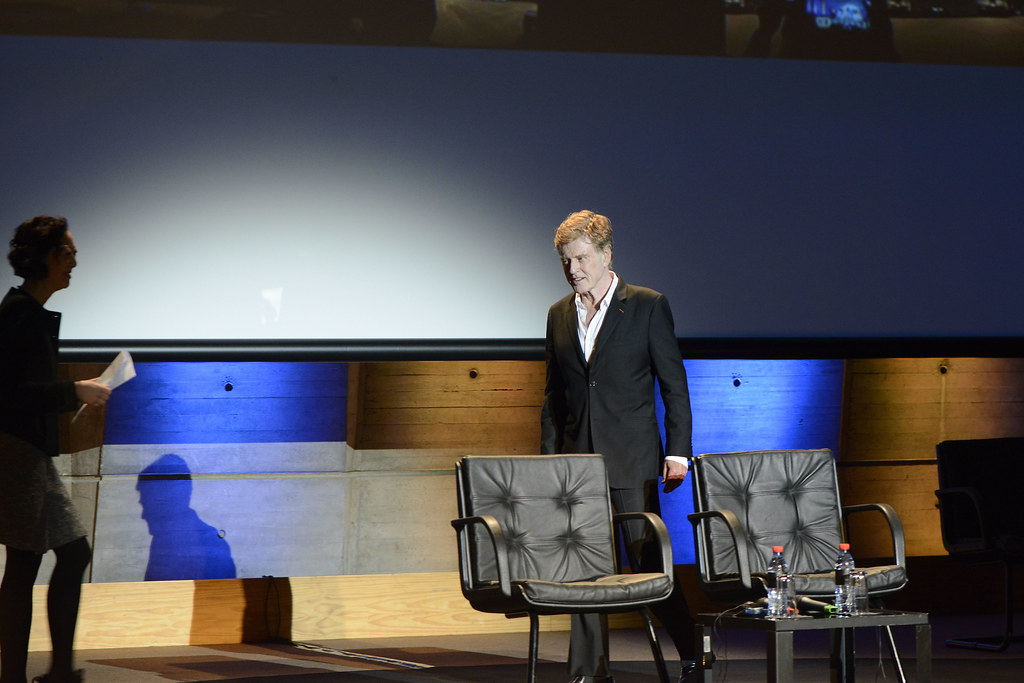
9. **Cinema with a Cause: Directing Socially Conscious Narratives**Following the critical acclaim of *Ordinary People*, Robert Redford’s directorial endeavors continued to reflect his profound engagement with social and political issues, demonstrating a filmmaker unafraid to tackle complex, often civically informed narratives. He harnessed his newfound position behind the camera to champion stories that resonated with his long-standing commitment to various causes, seamlessly integrating his activist spirit with his artistic pursuits. This commitment to issue-driven cinema would become a hallmark of his directorial style, distinguishing him as a storyteller with a keen conscience.
His filmography expanded with projects like *The Milagro Beanfield War* (1988), a poignant narrative pitting Latino farmers against powerful real-estate developers, echoing Redford’s advocacy for the less fortunate. Similarly, *A River Runs Through It* (1992), an adaptation of Norman Maclean’s novel, skillfully wove an “undercurrent of environmental concern” into its lyrical storytelling. This was a natural extension of Redford’s decades-long dedication to environmentalism, spurred by his alarm at “witnessing the transformation of Los Angeles into a city of smog and freeways.”
In *Quiz Show* (1994), Redford explored themes of morality and media ethics, turning the *Twenty-One* TV quiz scandals into a compelling “parable about morality and the media,” a high point in his directorial career. He continued this tradition with films such as *Lions for Lambs* (2007) and *The Conspirator* (2010), consistently choosing material that provoked thought and illuminated societal dilemmas. These projects solidified his reputation as a “hands-on storyteller,” using the medium to challenge, inform, and inspire, proving compelling cinema could serve a higher purpose.
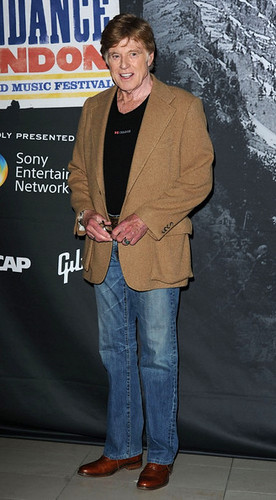
10. **The Genesis of Sundance: A Haven for Independent Filmmaking**Perhaps Robert Redford’s most transformative contribution to the world of cinema, beyond his iconic performances and award-winning direction, was the creation of the Sundance Institute and Film Festival. This audacious undertaking began when Redford, having settled in Park City, Utah, with the initial hope of opening a ski resort, became “heavily involved with the Utah/U.S. Film Festival,” which had relocated to the resort town in 1981. It was here that his vision for an incubator of raw, independent talent truly began to coalesce, driven by a profound recognition of the mainstream industry’s limitations.
Redford harbored a deep concern about Hollywood’s increasingly “cautious and controlling” nature during the 1970s. He yearned to “recapture the creative spirit of the early part of the decade,” a period he felt fostered greater artistic freedom. The modest Utah event was gradually “transformed” into what would famously be “redubbed the Sundance Film Festival,” named after his wily outlaw character. This renaming was more than a tribute; it was a powerful statement, signaling a platform dedicated to bold, unconventional storytelling.
Concurrently, Redford oversaw the operations of the Sundance Institute, which he had founded in 1978. Its mission was clear: to bring “seasoned industry veterans out to Park City to mentor fledgling screenwriters and directors and help them develop projects.” This commitment to fostering new voices, away from Hollywood’s commercial pressures, fundamentally changed American cinema. Sundance emerged not just as a festival, but as a “formative laboratory for the next generation of filmmakers,” a peerless space where artistic integrity could flourish.
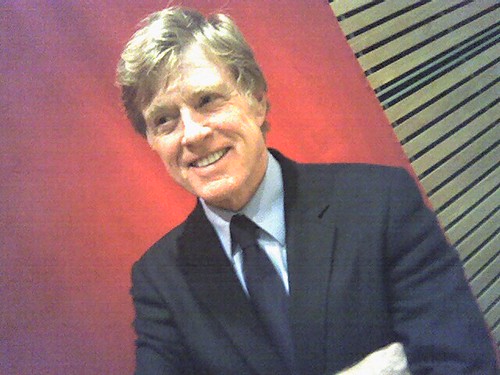
11. **Sundance’s Enduring Legacy: Nurturing a Generation of Auteurs**The impact of the Sundance Film Festival and Institute on American independent cinema is nothing short of monumental, a testament to Robert Redford’s foresight and unwavering dedication to nurturing new talent. As a “formative laboratory,” Sundance became the primary launchpad for countless visionary filmmakers who would go on to reshape the industry. The roll call of artists who honed their craft and found their platforms through Sundance reads like a who’s who of modern cinema, including “Quentin Tarantino and Paul Thomas Anderson,” as well as “Taika Waititi, Richard Linklater, Lulu Wang, Ryan Coogler, Sterlin Harjo, and dozens of other major players.”
Beyond showcasing films, Sundance provided invaluable mentorship and a vital community for burgeoning artists. Its distinct focus on “indigenous filmmakers was especially unique,” highlighting Redford’s commitment to diversity and giving voice to underrepresented narratives. This dedication transcended superficiality; Redford believed passionately in providing “independent artists who weren’t given a chance to be heard,” creating a space where creativity could thrive irrespective of commercial pressures.
Redford often spoke of “independence” as central to his ethos, openly stating, “I’ve always believed in that word. That’s what led to me eventually wanting to create a category that supported independent artists who weren’t given a chance to be heard.” Even as the festival grew and drew criticism, Redford staunchly maintained, “We have never, ever changed our policies for how we program our festival. It’s always been built on diversity.” This commitment ensured Sundance remained true to its principles, altering the trajectory of independent film.
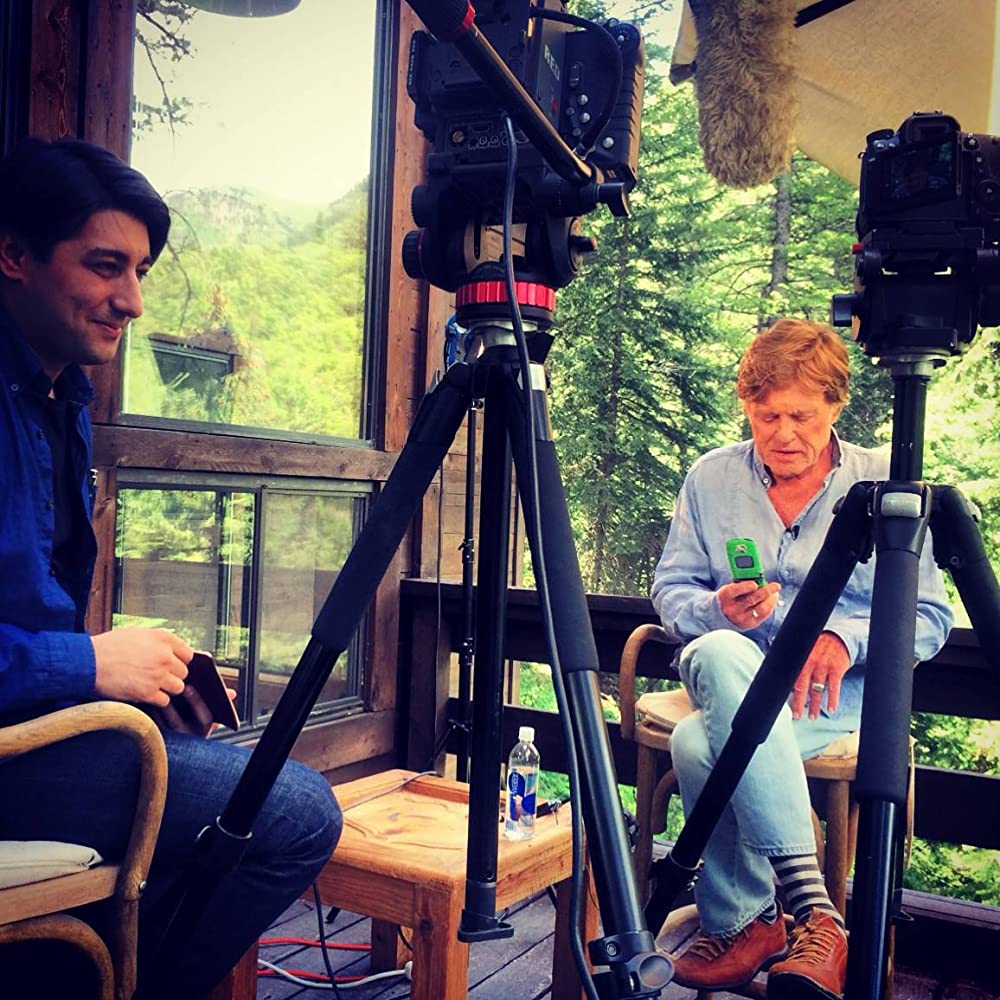
12. **Beyond Sundance: Redford’s Continued Gravitas as an Actor**While Robert Redford immersed himself in directing and nurturing independent cinema through Sundance, his innate star power and gravitas meant he never entirely retreated from the silver screen. Throughout the 1980s and 1990s, he judiciously selected acting roles that allowed him to lend his formidable presence and underscore his movie-star persona to various projects, often becoming “fodder for greatest-hits reels.” These performances were a captivating counterpoint to his burgeoning career as a filmmaker, reminding audiences of the effortless charm that first catapulted him to fame.
This era saw him starring in enduring classics, including *The Natural* (1984), the sweeping romance *Out of Africa* (1985), which garnered Best Picture, and the provocative *Indecent Proposal* (1993). In these films, Redford continued to embody idealized masculinity and understated depth, an “elevated Everyman.” His presence was an affirmation of his unique appeal, elevating any narrative he touched, even as he increasingly “embraced the idea of being a more hands-on storyteller as he got older.”
As the decades progressed, Redford’s later acting roles continued to impress, showcasing an evolving artistry. In 2013, he received some of the “best reviews of his career as a shipwrecked sailor in *All is Lost*,” a tour-de-force performance where he was the film’s only actor. His purported “farewell movie,” David Lowery’s elegiac *The Old Man and the Gun* (2018), further solidified his status. In this role, Redford imbued a career criminal in his winter years with profound humanity, demonstrating his enduring ability to convey “an entire life in a single, long exchange,” all while gracefully “passing the golden boy torch onto guys like Pitt.”
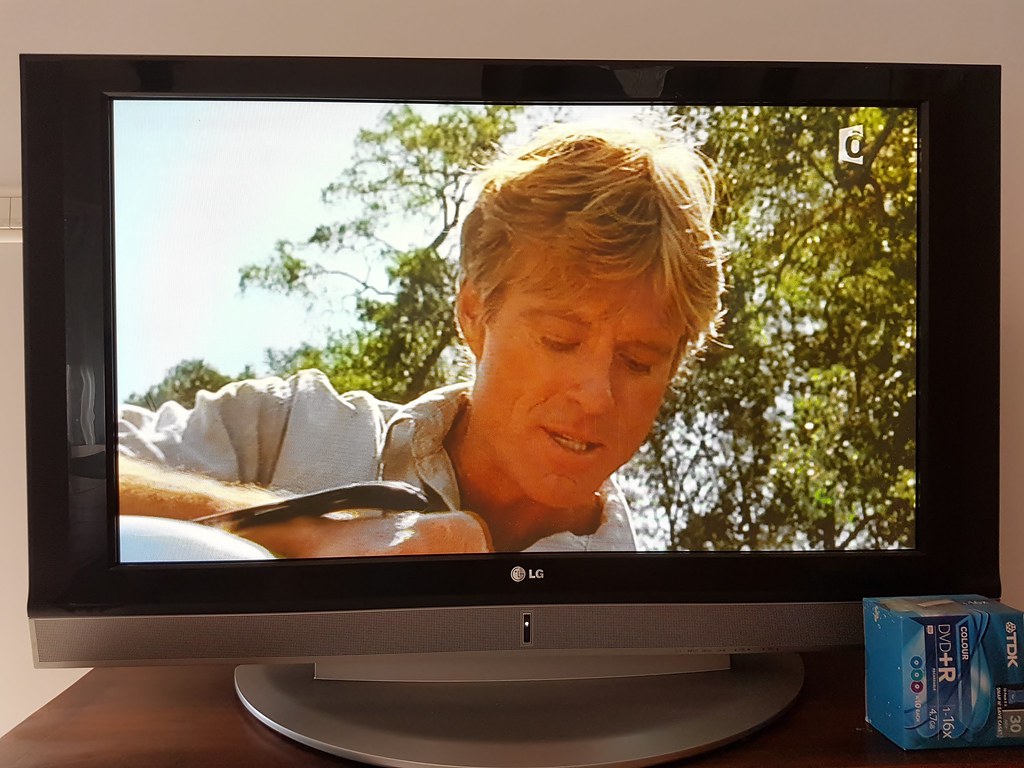
13. **The Champion of Independence: Redford’s Artistic Philosophy**Robert Redford’s profound impact on cinema stems from an artistic philosophy rooted in independence, a stance he cultivated and championed throughout his life. He was a Hollywood golden boy with “the soul of a ‘60s rebel,” who “loved movies but distrusted studios and disliked Hollywood.” This inherent skepticism towards the conventional “system” fueled his relentless pursuit of alternative platforms and commitment to fostering creative freedom, often challenging the very industry that made him a star.
His stewardship of Sundance, in “all its rituals and successes,” stands as the ultimate embodiment of this philosophy. Redford recognized that “the danger of success is that it forces you into a mold,” a confinement he vehemently rejected. “I prefer independence,” he declared. This conviction led him to “run away from Hollywood (well, kind of),” making “Hollywood come to him” through the transformative power of the Sundance Institute and Film Festival. He fundamentally “changed American cinema, often for better,” creating a space where artists could explore narratives unburdened by commercial pressures.
Even his playful moniker, “Ordinary Bob,” hinted at his desire to remain grounded and connected to authentic storytelling, despite his extraordinary fame. Redford built a sanctuary where filmmakers could “cut loose, find community and make movies that he would never have starred in, much less directed himself.” This willingness to foster voices distinct from his star persona underscores his genuine commitment. Unlike many in Hollywood, he “sought something greater than himself, and he found it” in empowering others and reshaping the cinematic landscape.

14. **An Enduring Icon: Redford’s Lasting Impact and Farewell**As we bid farewell to Robert Redford, who passed away at 89, his legacy looms immense and multifaceted, far transcending the dazzling imagery of his movie star heyday. He leaves behind an indelible imprint not only as “the definition of a movie star” and an Oscar-winning director, but as a pioneering “godfather for independent cinema” and a tireless liberal activist. His was a life lived with purpose, continuously evolving from a captivating screen presence to a visionary cultural architect who reshaped the very fabric of American filmmaking.
His farewell movie, *The Old Man and the Gun*, served as a poignant capstone to an illustrious acting career. Redford had told The Associated Press, “I just figure that I’ve had a long career that I’m very pleased with… I figure now as I’m getting into my 80s, it’s maybe time to move toward retirement and spend more time with my wife and family.” This statement, imbued with characteristic grace, marked the close of an era, allowing him to step back while his influence continued to ripple across generations of artists.
The collective memory of Robert Redford will forever include his iconic roles, the “guy who smiled onscreen and made hearts flutter,” and the legendary bromances with Paul Newman. Yet, it is his profound commitment to causes, his relentless advocacy for the environment, and his transformative work with Sundance that truly elevate his stature. He was “the guy who made you think that good people still walked the earth and sought to protect it,” a moral compass both on and off-screen.
Redford was, without question, “one of a kind,” a rare star who harnessed his fame not for personal aggrandizement but for the enduring betterment of art and society. His light may have dimmed, but his legacy shines on, an eternal beacon for integrity, artistry, and independence.
As the curtain falls on an extraordinary life, Robert Redford’s expansive legacy remains a vibrant testament to an an artist who dared to define his own terms. From the golden-haired heartthrob who captivated millions to the impassioned director and visionary architect of independent cinema, Redford’s journey was a masterclass in evolving artistry and unwavering conviction. He was more than a star; he was a force of nature, a compelling blend of rugged individualism and refined intellect, whose indelible mark on film and culture will continue to inspire for generations. His passing may signal the end of an era, but the spirit of Sundance, the power of his socially conscious narratives, and the enduring charm of his performances ensure the legend of Robert Redford will forever illuminate American storytelling.

